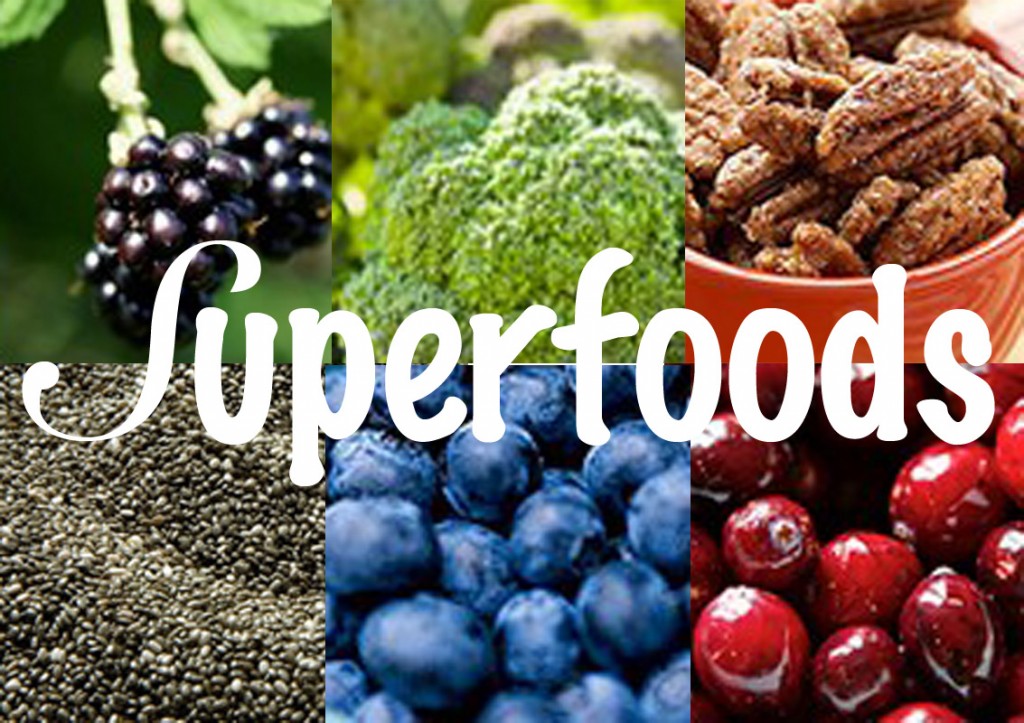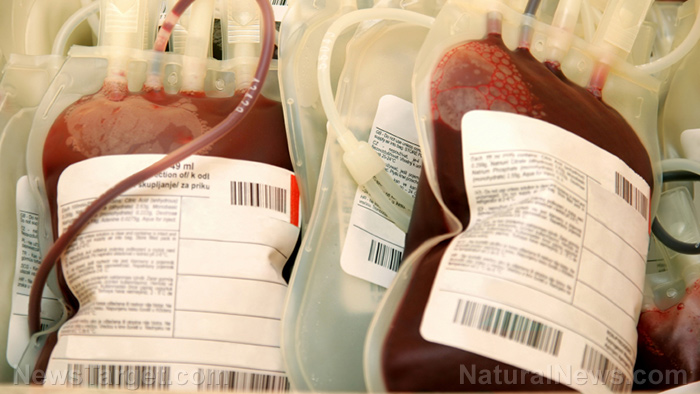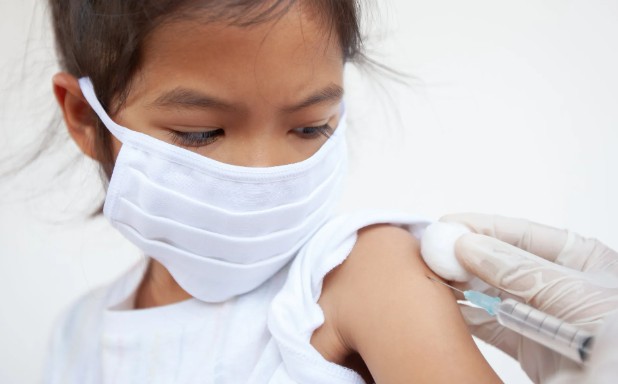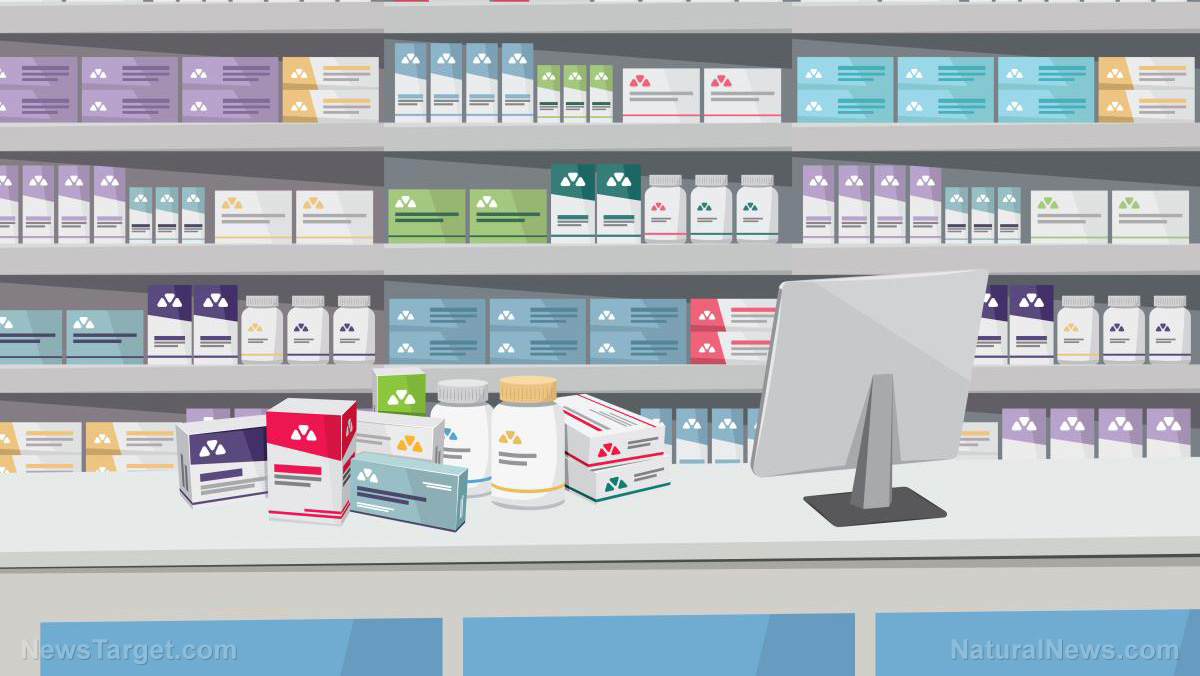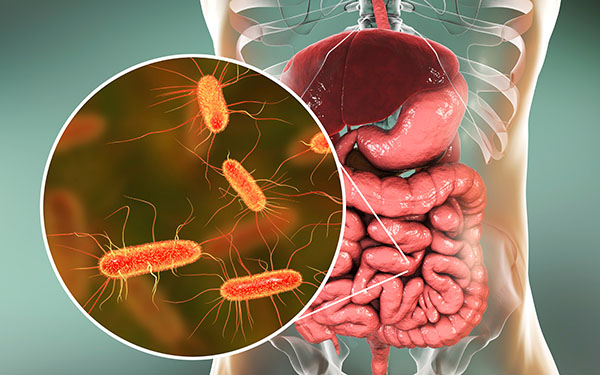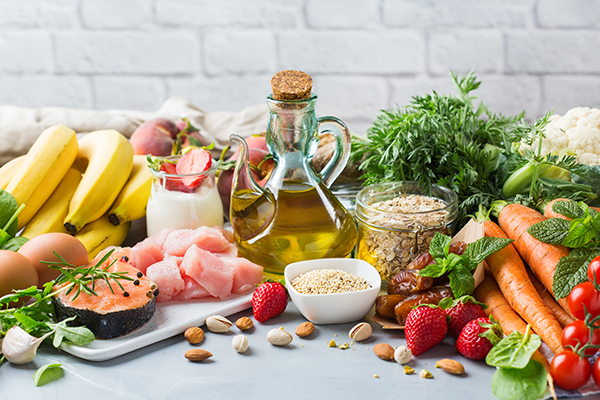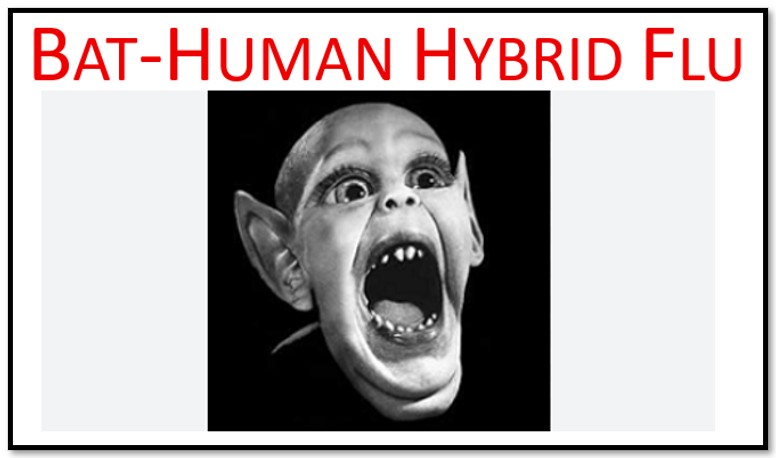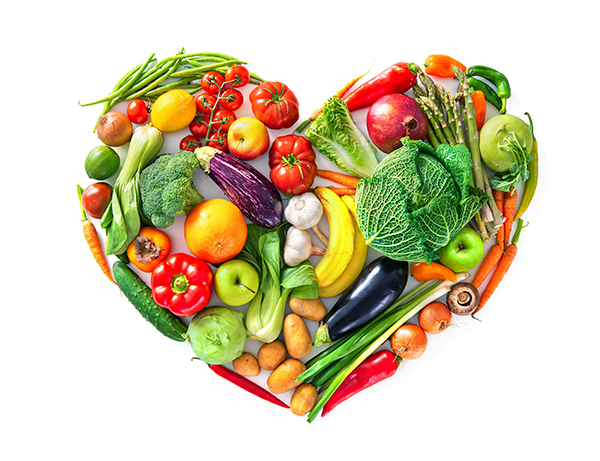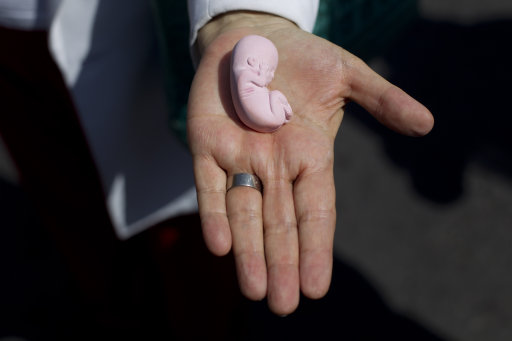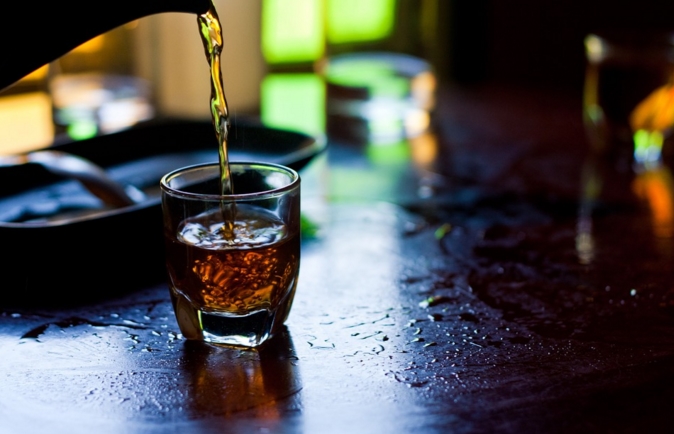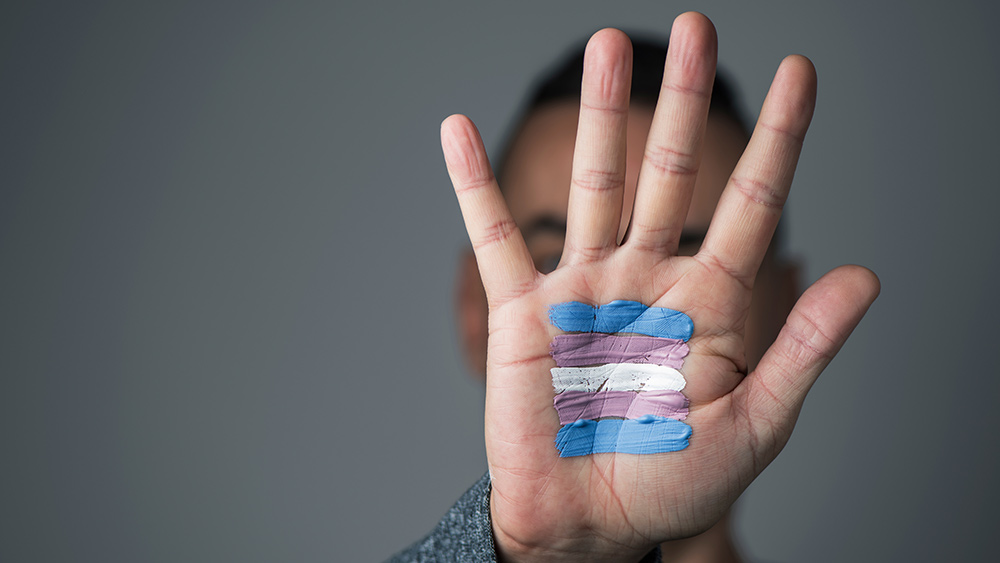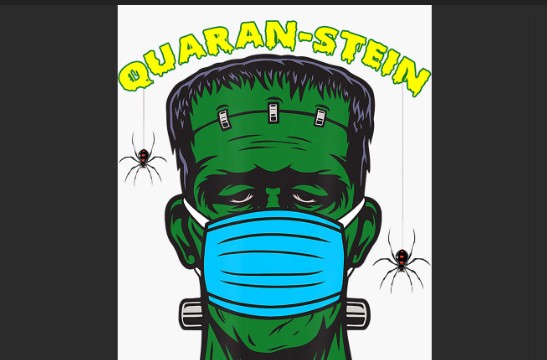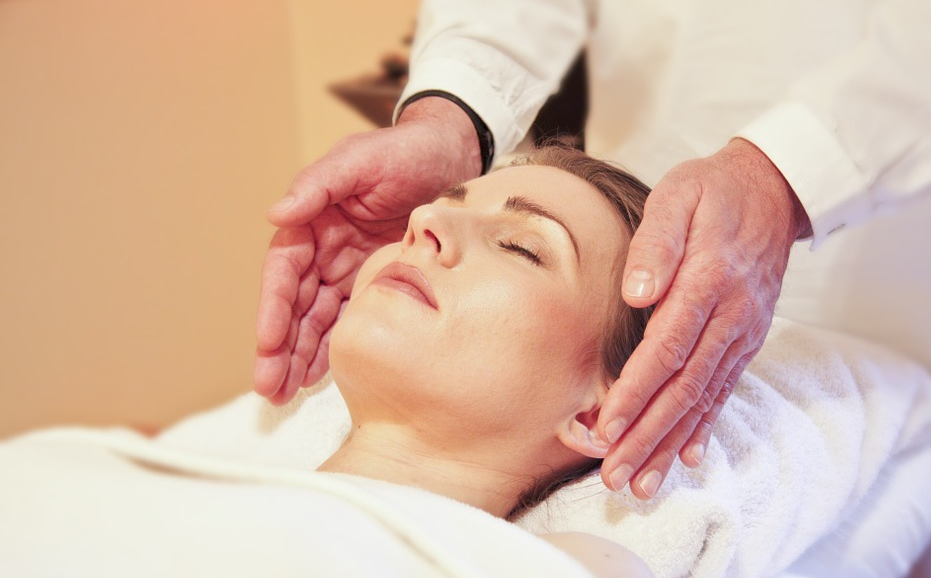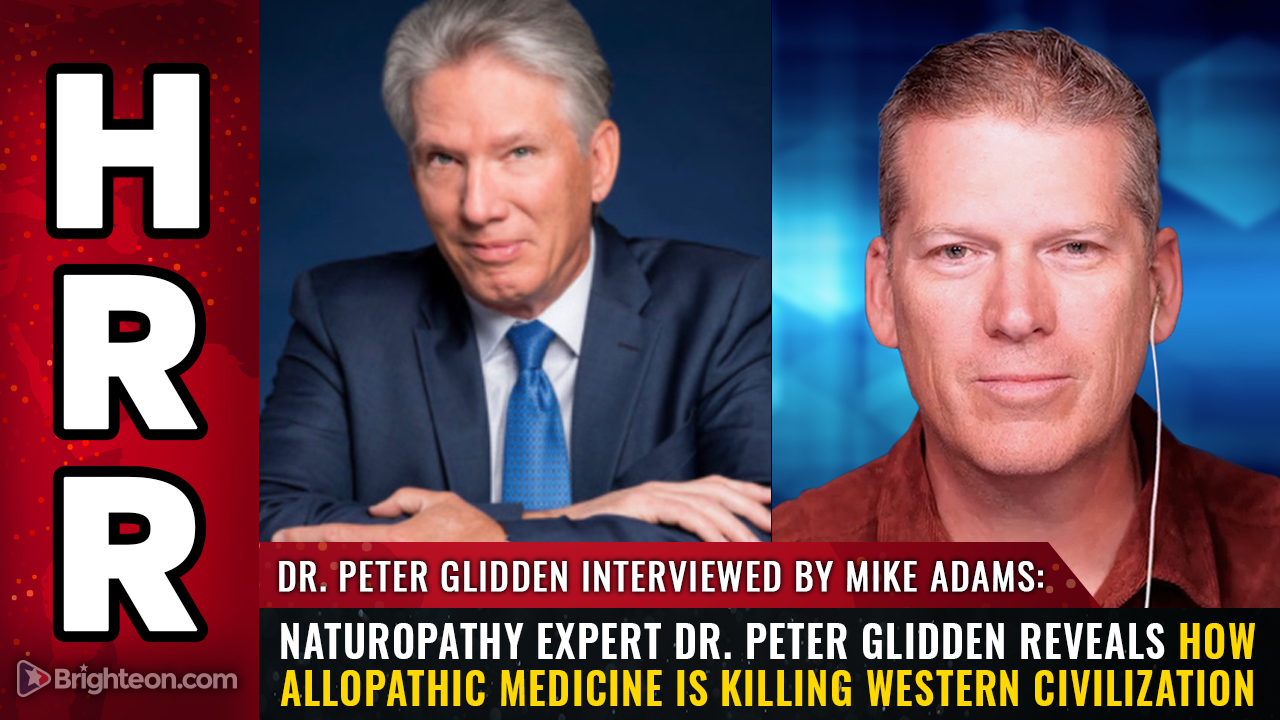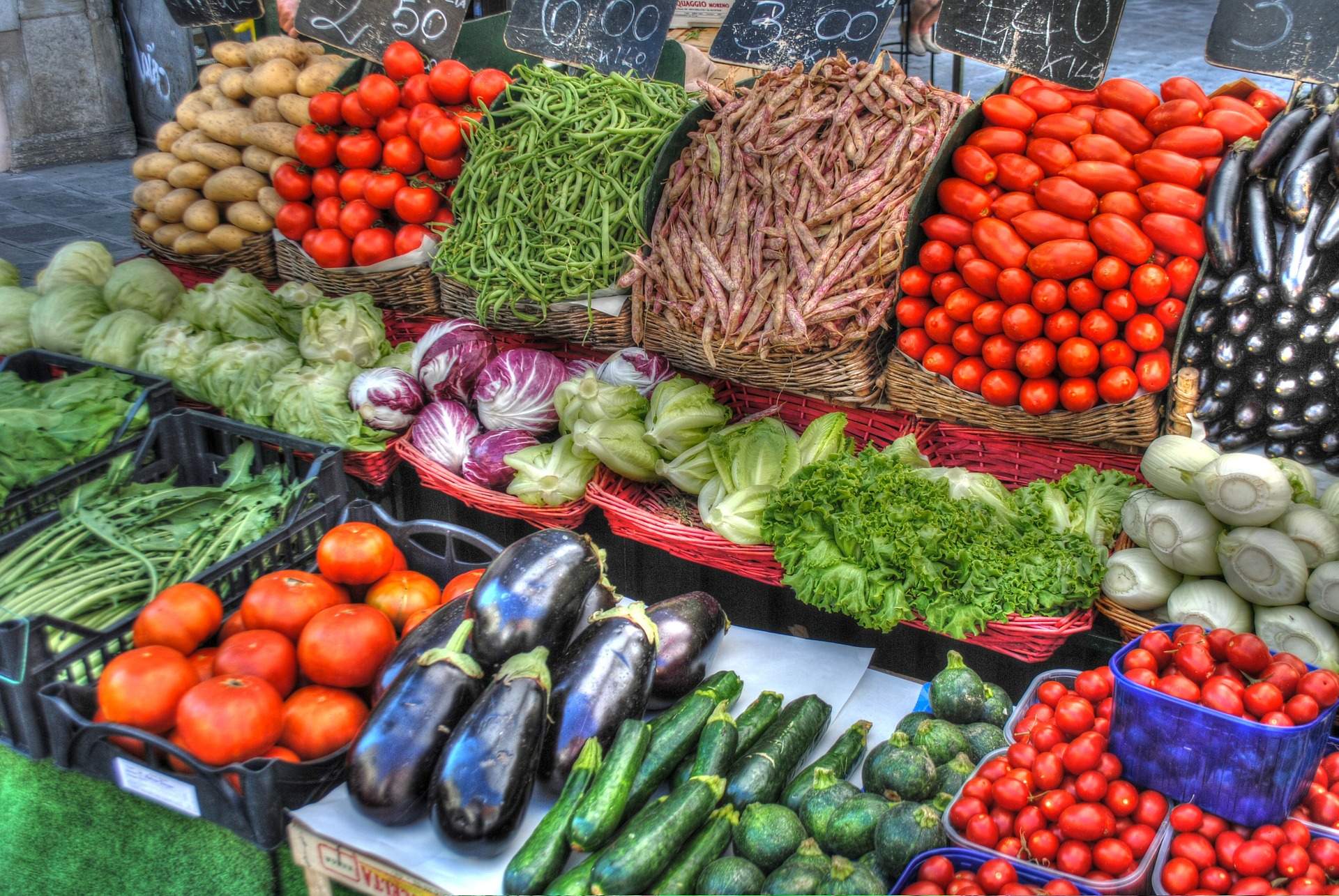Cold feet and heavy legs: The hidden warning signs of varicose veins and impending circulation issues
07/06/2025 / By Lance D Johnson
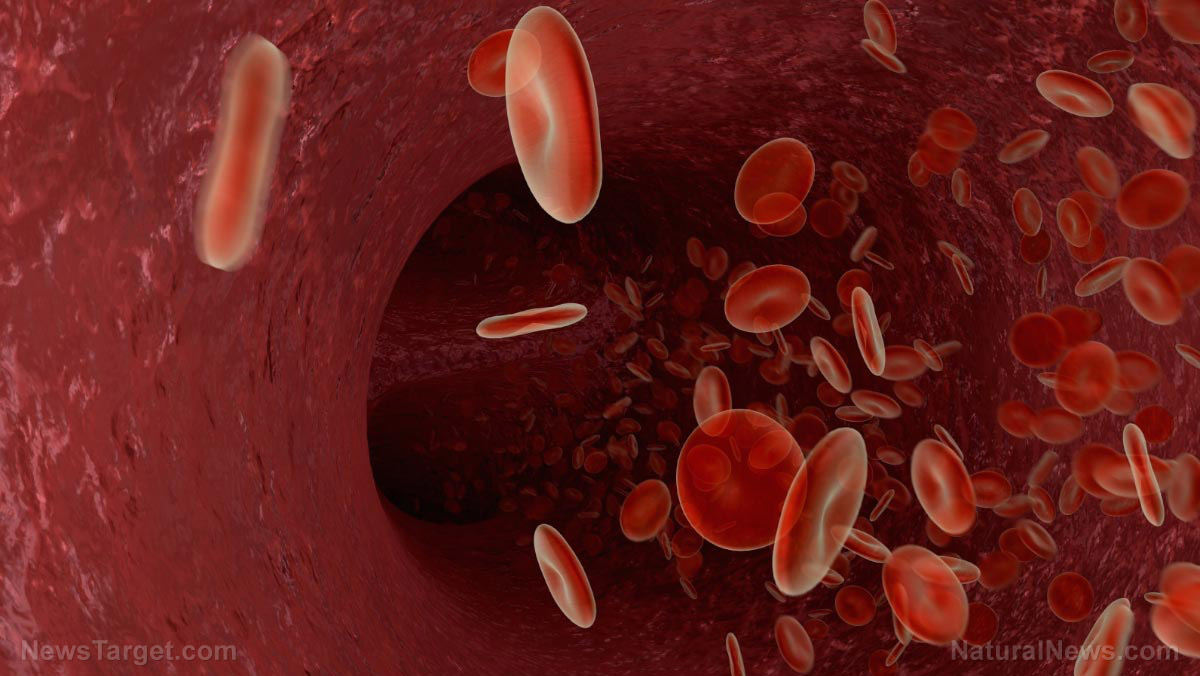
The next time your feet feel icy and your legs drag like lead weights, don’t dismiss it as just fatigue—your body might be sounding an alarm. Groundbreaking research reveals that cold sensitivity in the hands and feet, paired with a heavy, tired feeling in the legs, could be early red flags for varicose veins—long before those twisted blue veins become visible. A massive study from Taiwan exposes how mainstream medicine has overlooked these subtle symptoms, leaving millions at risk of undiagnosed circulation problems that could spiral into blood clots, chronic pain, and even heart complications.
Key points:
- Cold hypersensitivity in extremities (persistent icy hands/feet) and heavy legs increase varicose vein risk by over 600% when combined.
- Women, those with prolonged standing jobs, and people of East Asian descent face higher susceptibility due to narrower veins and hormonal influences.
- Medical providers often ignore early symptoms, focusing only on visible varicose veins, delaying treatment until serious complications emerge.
- Heredity, obesity, and aging worsen vein weakness, but simple self-monitoring for cold feet and heavy legs could lead to earlier intervention.
Varicose veins and circulation
Varicose veins are enlarged, twisted veins that commonly appear on the legs or around the anus, caused by malfunctioning valves within the veins. When these valves weaken or fail, blood pools in the veins, increasing pressure and causing them to stretch, bulge, and become visibly raised beneath the skin. Poor circulation contributes significantly to their development, often leading to symptoms like aching, swelling, itching, or heaviness in the legs. Risk factors include prolonged sitting or standing, obesity, pregnancy, aging, and genetics.
Preventing varicose veins involves lifestyle modifications that improve circulation and reduce vein strain. Regular exercise, such as walking or swimming, strengthens leg muscles and promotes healthy blood flow. Maintaining a healthy weight minimizes excess pressure on veins, while elevating the legs when resting helps drain pooled blood. Avoiding tight clothing and prolonged periods of immobility—whether sitting or standing—can prevent blood stagnation. Compression stockings may also be recommended to support vein function. For those already affected, early intervention through these measures can alleviate discomfort and slow progression. While severe cases may require medical treatment, proactive prevention remains the best strategy for maintaining healthy veins. By adopting these habits, individuals can significantly reduce their risk of developing painful varicose veins.
The silent saboteur: How vein damage tricks your body into feeling cold
Varicose veins aren’t just cosmetic nuisances—they’re a sign of a circulatory breakdown. When faulty vein valves fail to push blood back toward the heart, blood pools, stretching veins into swollen, twisted ropes. But here’s the kicker: your body fights back by constricting arteries in your limbs to reduce fluid buildup, starving your hands and feet of warmth.
Dr. Cheng-Ken Tsai’s study of 8,782 adults found that those with severe cold sensitivity had 89% higher odds of varicose veins, while heavy legs alone tripled risk. Combined? A 614% spike. Yet most doctors mistake these symptoms for “poor circulation” without probing deeper. The research suggests East Asians may suffer more due to genetically narrower leg veins, compounding pressure issues.
Nearly 50% of middle-aged women develop varicose veins—four times more than men—thanks to hormonal changes from puberty, pregnancy, and menopause. Birth control pills exacerbate the risk, while obesity strains veins further. Occupations requiring prolonged standing (teachers, nurses, factory workers) face tenfold pressure surges in leg veins, turning them into ticking time bombs for vein failure.
Historically, vein disorders were dismissed as a price of aging, but modern research ties them to heart failure, pulmonary embolisms, and chronic ulcers. A genetic link doubles the risk of cardiovascular disease in those with varicose veins—yet doctors still treat them as mere cosmetic flaws.
Sources include:
Submit a correction >>
Tagged Under:
Blood clots, cardiovascular health, circulation issues, cold feet, compression therapy, early diagnosis, East Asian health, heart disease, hereditary disease, hormonal triggers, leg heaviness, obesity risks, occupational hazards, preventative care, prolonged standing, Taiwan biobank, Varicose veins, vein valve failure, venous insufficiency, women's health
This article may contain statements that reflect the opinion of the author


